User Experience (UX) design has come a long way in just 20 years. Remember the early days of the Internet? Websites were basic, with just enough functionality to get by. But as technology advanced, so did our approach to user interface design. From mobile apps that put everything at your fingertips to voice assistants that listen to your commands, UX design has had to keep pace with changing user needs and new innovations.
Let’s take a closer look at how UX design evolved. We’ll cover everything from the early web days to the mobile app design boom, and now, into voice and smart tech. We’ll explore how UX designers have adapted to these shifts, the challenges they've faced, and where UX design is headed next.
UX Design Services have been central to this evolution, guiding brands as they navigate these complex shifts and aim to provide users with seamless and intuitive experiences across multiple platforms.
The Early Days: Web Design (1990s - Early 2000s)
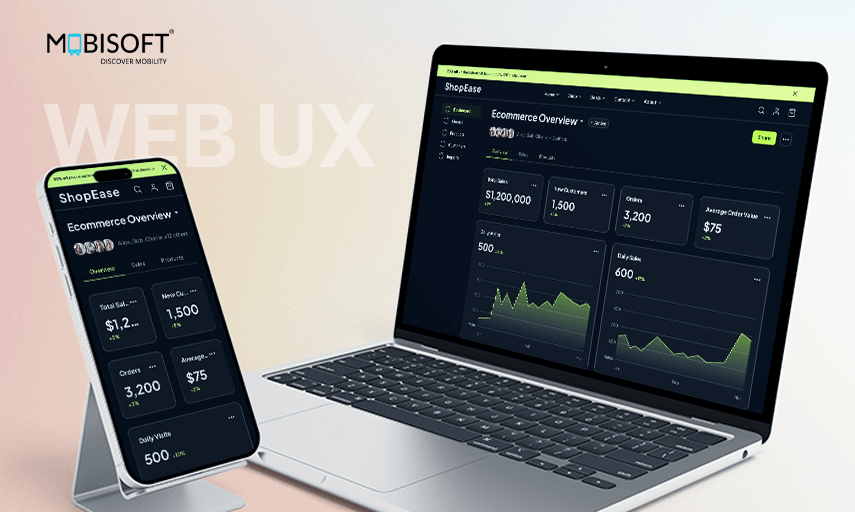
The internet made its way into everyday life in the mid-90s. Back then, web design was a very different game. It was all about building functional, easy-to-navigate websites. The idea of "User Experience" was just beginning to form. The main focus was simple: deliver information in a way that people could find and understand without getting lost.
Early websites were built with:
- Basic layouts with simple HTML and a few images.
- Text-heavy pages as the internet was primarily a platform for written information.
- Clunky navigation with a lack of proper organization.
- Minimal interactivity due to static pages.
Visiting a website felt like flipping through a digital brochure. Designers had to work around slow internet speeds, limited multimedia capabilities, and almost no interactive elements.
Yet, even with the challenges, these early websites laid the groundwork for everything that came after. Responsive web design became the new standard, allowing websites to scale properly on all devices.
Think about the early versions of Amazon or eBay. They were basic, but their core missions were to help users find products easily. While these platforms look nothing like they did back then, their original goal remains the same.
Modern web design UX services ensure that websites are designed to not only be functional but also to provide a user-friendly experience, making them accessible and engaging on any device.
The Rise of Mobile: UX for Apps (2007 - 2015)

In 2007, the launch of the first iPhone changed everything. Designers now had a new, rather interesting challenge. They needed to reimagine designs for smaller screens, touch interfaces, and mobile-first design experiences.
Mobile users wanted:
- Speed
- Portability
- Ease of use on the go
Designers focused on making mobile apps intuitive, putting gestures, and simple navigation at the center. Responsive design also became critical, allowing web content to adapt to any screen size without losing usability.
As the mobile era progressed, we saw more interactive and engaging experiences. Look at how Instagram and WhatsApp evolved. In the beginning, Instagram was all about photo sharing with a few filters. WhatsApp was a straightforward messaging tool. Over time, they added features like stories, video calls, and advanced privacy controls that made the experience richer.
Mobile-first design became the new gold standard. Instead of designing for desktop and adapting for mobile, designers flipped the process.
They prioritized the mobile UX design experience, focusing on:
- Fluid navigation with easy-to-understand menus
- User-friendly and simple interfaces
- Fast loading times
It was no longer about squeezing a desktop site onto a smaller screen. It was about creating experiences that felt natural on mobile devices. The app UX design approach became the new standard in the design industry.
To learn more about how mobile apps are revolutionizing user experience, check out our Mobile app design services.
The Era of Smart Devices: Voice and Beyond (2015 - Present)

Fast forward to today, and we are living in the era of smart devices. UX design is no longer just about how users interact with an app or website. It is about the kind of experience brands deliver at every touchpoint.
Designers now blend elements like color, imagery, gestures, micro-animations, and even sound to create experiences rooted deeply in human psychology.
Voice technology is a big part of this new era. Alexa, Siri, and Google Assistant introduced a whole new way of thinking about UX design. You can ask Google Assistant to set a reminder, turn off your lights, or play your favorite playlist.
Designers now focus on how clearly the system understands speech, anticipates queries, and responds naturally.
Designing for voice involves:
- Creating conversational experiences where users can interact naturally.
- Making interactions intuitive and organic.
- Understanding natural language processing (NLP) to handle complex requests and provide accurate answers.
But voice is just the beginning. Technologies like Augmented Reality (AR), Virtual Reality (VR), and gesture-based interfaces are pushing UX design even further.
IKEA’s AR app has done it well. It lets users visualize how furniture will look in their home before buying it. That simple shift creates a highly interactive and satisfying shopping experience.
For a deeper look at the latest trends in Microinteractions in UI/UX Design, check out our blog on Microinteractions in UI/UX Design: Trends & Best Practices.
UX Design in the Age of Personalization and AI (Future Trends)
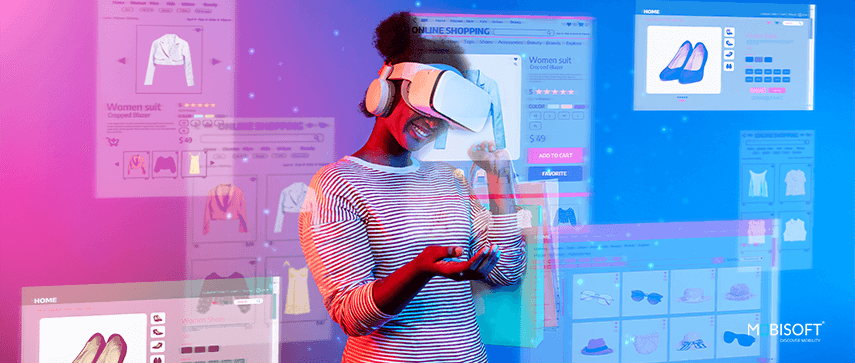
The future of UX design promises even more exciting changes. AI and ML are already influencing how we create and experience digital products. These technologies learn the user's needs and adapt to their preferences.
Imagine interfaces that are so smart they know what you want before you even ask. AI can make this possible by studying user behaviors and adapting interfaces dynamically.
You are already experiencing this with:
- Netflix recommending shows based on your watch history
- Spotify curating playlists that match your mood
In the near future, UX design will focus even more on hyper-personalization. Interfaces will feel like they are made just for you, adjusting based on your preferences, habits, and what’s happening in the moment. At the same time, the Internet of Things (IoT) is connecting more devices than ever. UX designers will need to create experiences where your smartwatch can talk to your thermostat, which can talk to your fridge.
This increasing personalization is key to catering to newer generations, especially Gen Z, who have grown up in a hyper-connected and personalized digital world. To dive deeper into how to design experiences specifically for Gen Z, read Designing for Gen Z: A Guide to UX and Digital Experience.
Another big trend on the horizon is the rise of Invisible UI, sometimes called Zero UI. This approach aims to eliminate visible interface elements altogether.
Instead, users interact through:
- Voice
- Gestures
- Environmental cues
The idea is to make technology feel like a natural part of everyday life, rather than something users have to consciously operate.
Key sectors where Invisible UI is gaining traction:
- Smart homes where voice and gesture interactions are becoming common.
- Automotive interfaces with voice-controlled navigation and climate settings.
- Healthcare applications where wearables can monitor health without user inputs.
- Educational tools to integrate learning into everyday life.
Designing for Invisible UI will demand a deep understanding of human behavior and how people naturally interact with the world around them.
To explore how UI/UX design in various sectors is evolving, check out our UIUC Facilities & Support Portal Transformation: Web App and UI Update Case Study.
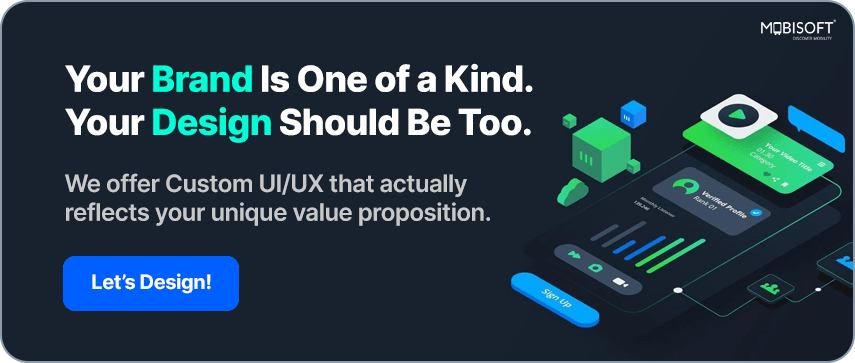
UX Design Challenges and Opportunities
As UX design continues to grow and evolve, you will face both exciting opportunities and serious challenges. Designers must stay adaptable and continuously refine their approach to ensure the user experience remains seamless, enjoyable, and effective.
Designing for Diversity
Designers need to build experiences that work for everyone. That means considering different languages, abilities, and age groups.
Questions to think about:
- How accessible is your design to someone with visual impairments?
- Can a non-native speaker easily navigate your platform?
Cross-Platform Consistency
Users expect seamless experiences, whether they are on a website, a mobile app, or talking to a smart speaker.
Maintaining consistency across platforms means:
- Using a unified design language
- Keeping core functionalities familiar
- Avoiding user confusion when switching devices
Data Privacy and Ethical Design
As personalization becomes deeper, concerns around data privacy grow stronger.
Designers must make sure:
- User data is handled responsibly
- Privacy policies are transparent
- Ethical considerations guide design choices
Trust will be a key factor in successful UX going forward.
The Growing Role of AI and Automation
AI is changing not just what we design, but how we design. UX design tools that automate tasks like layout suggestions or color palette generation are becoming standard.
Designers need to:
- Embrace AI tools
- Balance automation with a human touch
- Keep creativity at the center of the process
For more on how AI is shaping the future of UX design, you can read about our From Complexity to Simplicity: A Case Study in SaaS UX Redesign.
Creating Immersive UI
Designing for environments without screens requires a deep understanding of how users engage with their surroundings. To create seamless, invisible experiences, businesses and designers must focus on:
- How users move through physical spaces
- How they communicate through speech and gestures
- How they naturally interact with their environment
The goal is to anticipate these behaviors and use advanced technologies to craft experiences that blend seamlessly into the real world.
Conclusion
UX design has evolved from basic web pages to smart interfaces. Technology has shifted from static websites to mobile apps, voice interactions, and immersive AR, VR, and AI experiences. Despite all these changes, the goal remains the same: create seamless experiences for users.
For businesses and designers, staying up to date is key. Adopting new technologies and adjusting your design approach is vital. Today, UX is about more than looks. It’s about functional, enjoyable, and meaningful experiences.
Looking ahead, UX design will shape how we engage with technology. It will create products that fit seamlessly into daily life. The future of UX is about designing interactions, not just screens. So, are you ready for this exciting journey?
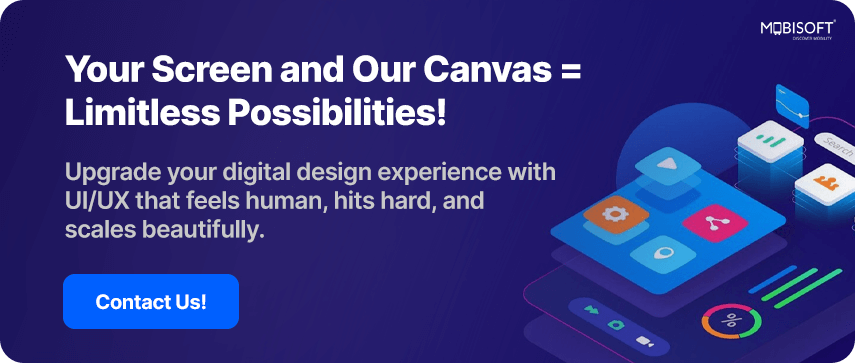

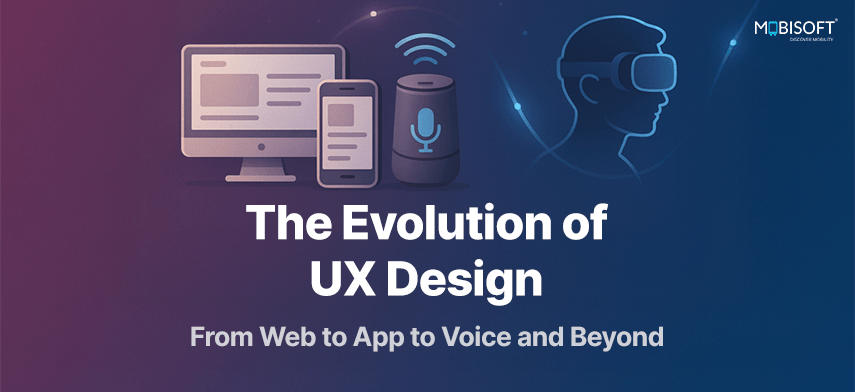


 December 4, 2024
December 4, 2024


